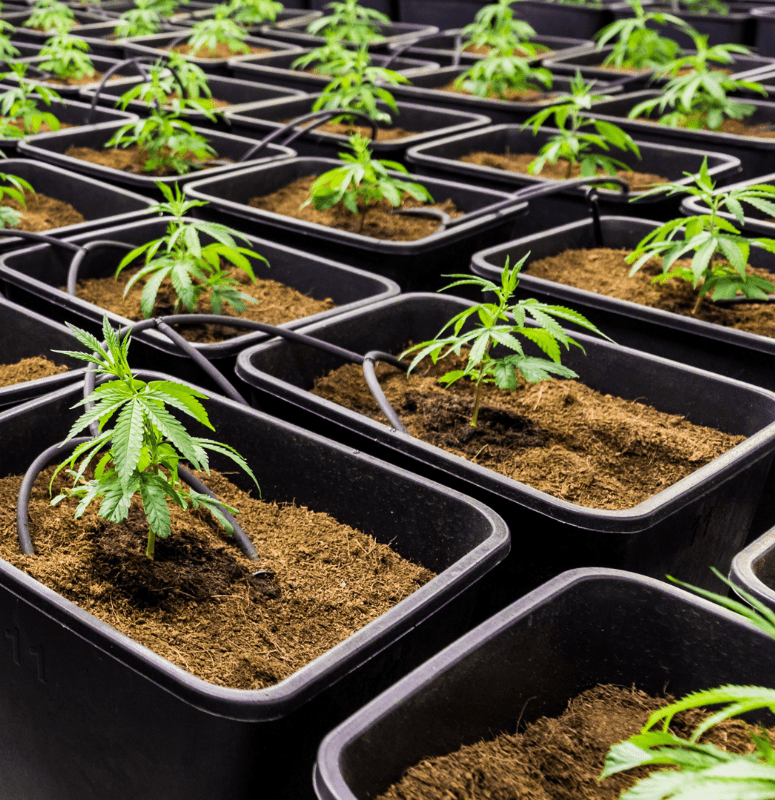In a world where your munchies can be organic, why should your pre-rolls lag behind in the sustainability race?
Although cannabis products may not get a little green “Certified Organic” sticker anytime soon, the community has an opportunity to form deep connections with consumers, encourage adoption, and avoid repeating catastrophes other industries have inflicted on the world. As we look out at the kingdom that is the pre-roll sector, it’s hard not to evoke (and shake a grumpy fist at) others, including big tobacco. Realistically, that’s really what this article is about. Shaking our fists…while learning.







